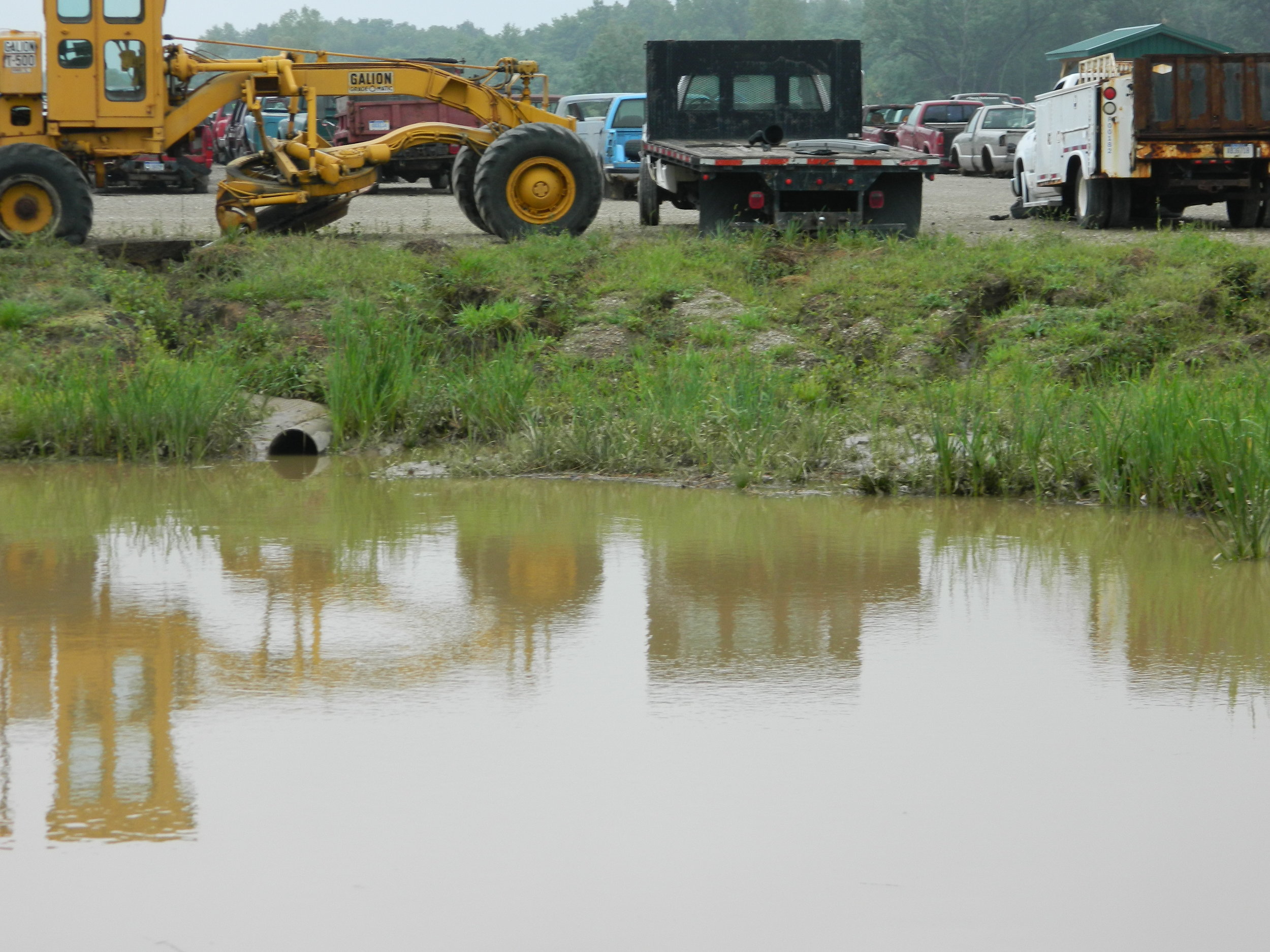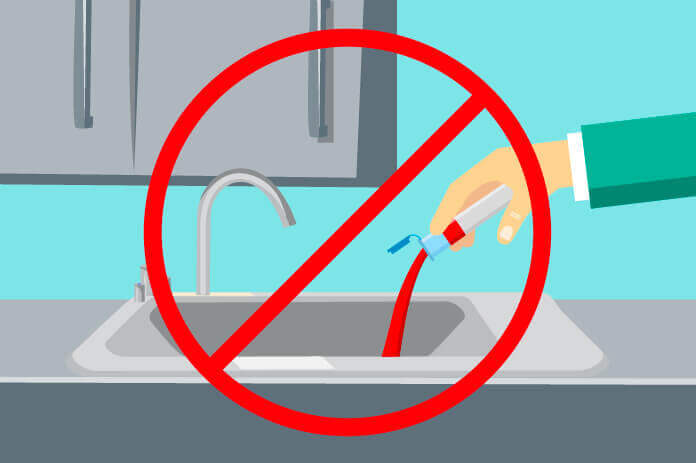Safe and Lasting Liquid Waste Disposal: Your Go-To Service Provider
Safe and Lasting Liquid Waste Disposal: Your Go-To Service Provider
Blog Article
Just How Liquid Waste Disposal Functions: An In-depth Introduction of Techniques and Technologies Used

Introduction of Fluid Waste Kind
The intricacy of fluid waste kinds demands a thorough understanding of their characteristics and implications for disposal. Liquid waste can broadly be classified right into numerous kinds, including industrial, local, agricultural, and dangerous waste. Each category exhibits distinct residential or commercial properties, needing particular management techniques to mitigate ecological and health and wellness dangers.
Industrial liquid waste stems from making processes and frequently includes a variety of impurities, such as heavy metals, solvents, and natural substances. Local liquid waste, primarily consisting of wastewater from houses and industrial establishments, contains natural issue, nutrients, and pathogens (industrial wastewater treatment). Agricultural fluid waste, including runoff from ranches, may contain fertilizers, chemicals, and pet waste, posing threats to water quality and ecosystems
Harmful liquid waste is identified by its toxicity, reactivity, or possible to cause harm. This classification consists of compounds like acids, bases, and certain chemicals that necessitate rigid handling and disposal protocols. Recognizing these diverse fluid waste kinds is vital for developing efficient disposal approaches and making sure compliance with environmental laws. Proper category and characterization are essential for carrying out ideal treatment methods and decreasing the unfavorable influences on public health and the environment.
Physical Therapy Approaches

Screening is the first step, where larger fragments and debris are removed from the liquid waste using displays or grates. In sedimentation storage tanks, heavier bits work out at the base, developing a sludge layer, while the clarified fluid can be additional treated.
Filtering is another important approach that includes passing the fluid with permeable materials, such as sand or membrane layers, to catch smaller fragments. This step improves the quality of the fluid, making it suitable for succeeding treatment procedures.

Chemical Therapy Techniques
Chemical therapy techniques are crucial for successfully managing liquid waste, specifically in dealing with liquified and colloidal contaminants that physical techniques might not sufficiently get rid of. These techniques use various chemical agents to reduce the effects of, speed up, or transform harmful materials into less unsafe forms.
One typical approach is coagulation and flocculation, where chemicals such as alum or ferric chloride are contributed to promote the aggregation of suspended fragments. This procedure enhances sedimentation, permitting less complicated removal of the resulting sludge. Furthermore, oxidation processes, using representatives like chlorine or ozone, are used to break down complex organic substances and virus, providing the waste safer for discharge or further treatment.
Neutralization is one more important strategy, which readjusts the pH of acidic or alkaline waste streams to neutral degrees, preventing potential harm to downstream systems and the atmosphere. Moreover, progressed oxidation procedures (AOPs) make Continue use of mixes of oxidants and ultraviolet light to weaken relentless toxins, attaining a greater degree of therapy performance.
Organic Therapy Procedures
Biological treatment processes play a vital function in the administration of liquid waste by using bacteria to disintegrate natural matter and decrease pollutant levels. These processes can be generally classified right into anaerobic and cardiovascular treatments, each employing specific microbial communities to achieve reliable waste destruction.
Cardio treatment involves making use of oxygen to promote the malfunction of organic materials by microorganisms. This procedure is frequently executed in triggered sludge systems, where aeration containers supply a favorable environment for microbial development, bring about the oxidation of natural contaminants. The resultant biomass can be separated from treated effluent via sedimentation.
On the other hand, anaerobic treatment takes place in the lack of oxygen, depending on different germs to break down natural matter. This approach is especially advantageous for high-strength waste, as it creates biogas, a renewable resource source, while reducing sludge manufacturing. Technologies such as anaerobic digesters are regularly employed in commercial and community applications.
Both anaerobic and cardiovascular organic treatments not just reduce the ecological impact of fluid waste but likewise facilitate resource recuperation, making them vital parts of sustainable waste monitoring strategies. Their performance, versatility, and performance sustain their prevalent implementation across different fields.
Arising Technologies in Disposal
Innovative techniques to fluid garbage disposal are rapidly developing, driven by improvements in modern technology and an increasing emphasis on sustainability. Among these emerging innovations, membrane layer bioreactors (MBRs) have actually obtained grip for their ability to combine biological treatment with membrane filtering, leading to high-grade effluent that can be recycled in numerous applications. MBRs make it possible for smaller impacts and more efficient operations compared to traditional systems.
Another promising development is making use of anaerobic digestion combined with nutrient recuperation technologies, which not just deals with fluid waste yet additionally creates biogas and recoups useful nutrients like nitrogen and phosphorus. This double advantage improves resource efficiency and reduces ecological effect.
Additionally, advanced oxidation procedures (AOPs) are being taken on for the Check This Out deterioration of complicated organic toxins. These approaches use powerful oxidants and catalysts to damage down impurities at the molecular level, offering a very effective solution for difficult waste streams.
In addition, the assimilation of expert system and artificial intelligence in waste monitoring systems is enhancing operational performance and predictive upkeep, causing decreased costs and enhanced environmental conformity. These innovations reflect a considerable shift in the direction of more effective and lasting liquid garbage disposal practices.
Verdict
In final thought, reliable liquid waste disposal requires a thorough understanding of various methods and modern technologies. By continually advancing these approaches, it ends up being feasible to address the growing difficulties linked with fluid waste, ultimately contributing to environmental security and resource recuperation.
Liquid waste visit this web-site disposal is a crucial element of environmental administration, needing a detailed understanding of numerous strategies and modern technologies customized to various waste types. Fluid waste can generally be classified into numerous types, including industrial, metropolitan, farming, and hazardous waste. Agricultural liquid waste, consisting of drainage from ranches, may consist of fertilizers, pesticides, and animal waste, presenting dangers to water high quality and environments.
Different physical therapy methods play a vital role in managing fluid waste properly - industrial wastewater treatment.In verdict, efficient liquid waste disposal necessitates a thorough understanding of numerous methods and technologies
Report this page